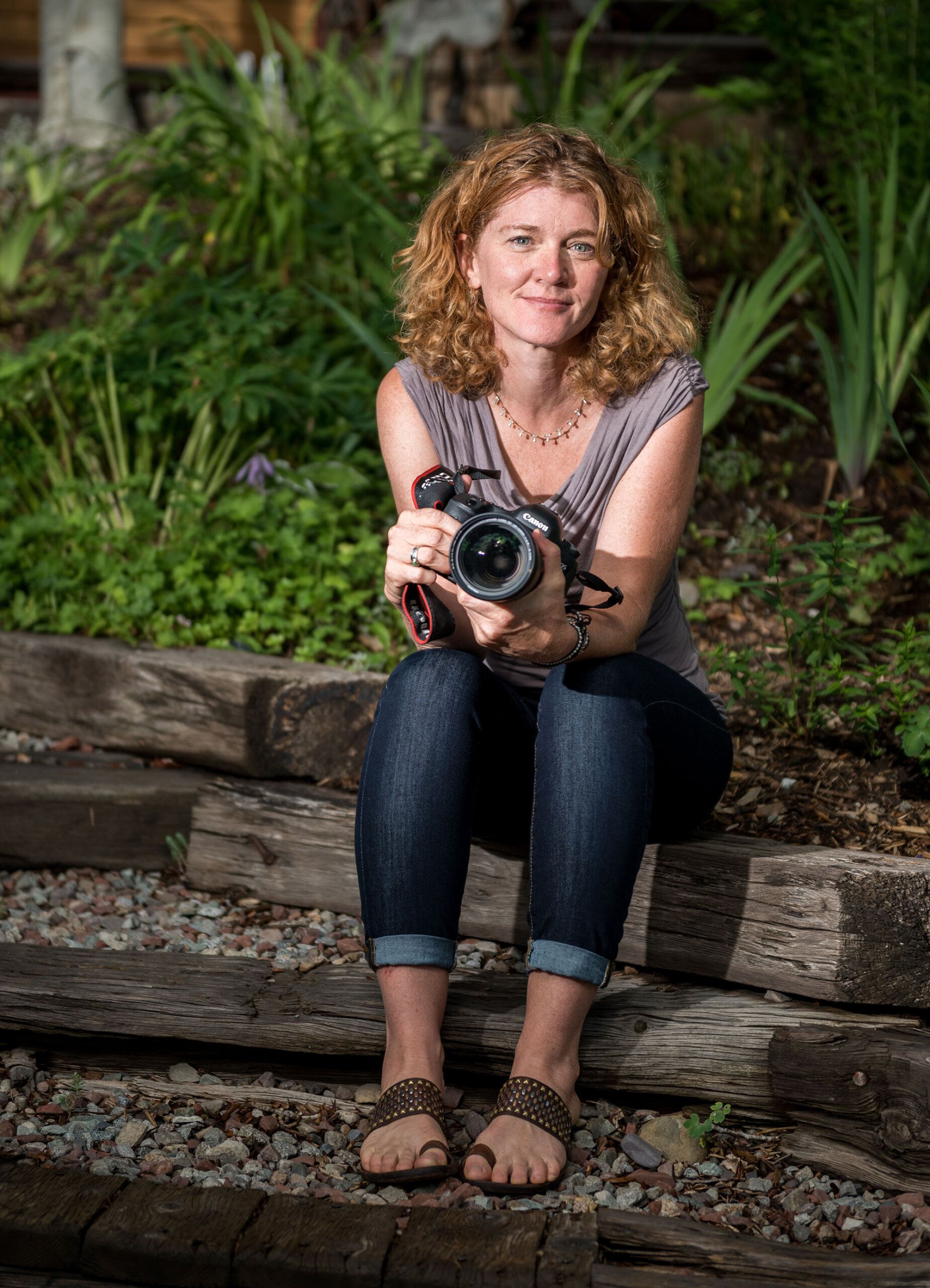
Snowmass Village, a tiny hamlet outside of Aspen, has been a pilgrimage site for artists big and small since the mid-1960s. They don’t flock there for the hiking trails and ski resorts—though the alpine environs don’t hinder the pull either—but for Anderson Ranch Arts Center, founded by pioneering ceramicist Paul Soldner as a nonhierarchical nerve center for artistic creation. Andrea Jenkins Wallace made her own way there 17 years ago. After a decade spent in academia, she was looking for a place to reinvent her life, both as a photographer and a newly single mother. “Anderson Ranch represented a unique opportunity,” she tells CULTURED. “It offered the chance to raise my child in the natural beauty of the mountains, while still being connected to a vibrant cultural community.”
As the vice president of artistic affairs and artistic director of photography and new media at Anderson Ranch, Jenkins Wallace has turned the center into a veritable incubator for image-making practices, leading her own workshops and inviting esteemed visiting artists like Catherine Opie, Jess T. Dugan, and Paul Mpagi Sepuya. Alongside her community-facing work, she’s continued to develop a suite of personal photography projects; her latest documents altar boys across the United States. In the midst of the center’s high season, she caught up with CULTURED to discuss what continues to set Anderson Ranch apart, year after year.
What has your time at Anderson Ranch taught you about how to create a generative environment for creativity and experimentation?
My time at Anderson Ranch has deeply shaped my understanding of what it takes to foster a truly generative environment for creativity and experimentation. One of the most important lessons is that creativity thrives where there is a balance between structure and freedom. You need a strong foundation—clear values, supportive infrastructure, and a culture of respect—but within that, people need space to take risks, make mistakes, and follow unexpected paths. Another key ingredient is community. Being surrounded by people who are passionate, curious, and open to dialogue—whether they’re artists students, or visiting thinkers—creates a kind of cross-pollination that fuels innovation. At the Ranch, we’ve always emphasized interdisciplinary exchange, and that has led to some of the most exciting breakthroughs I’ve seen. Generosity is also essential: generosity of spirit, of knowledge, of time. When people feel safe, supported, and seen, they are far more willing to be vulnerable and experimental in their work. Finally, the natural environment itself plays a role. There’s something about being in the mountains, away from the noise, that clears space for deeper thought and more intentional making. It’s a reminder that creativity isn’t just about output—it’s also about reflection, rest, and connection.

What was one of the most surprisingly revelatory workshops you’ve experienced or programmed at Anderson Ranch?
There have been so many remarkable workshops at the Ranch over the years, but one that stands out as especially revelatory was co-teaching a photography workshop with Catherine Opie. Cathy is not only a master artist but also an incredibly thoughtful and generous educator. Her approach to image-making, and her ability to talk about content, visual language, and the layering of meaning within a photograph was deeply inspiring—not just for the students, but for me as well. I learned so much from working alongside her. What was so powerful about Cathy’s teaching was the way she met each student where they were. She pushed them—gently but firmly—both conceptually and technically, helping them elevate their work while also giving them practical tools they could carry forward. The transformation in the room was palpable. It was one of those rare experiences where the energy, learning, and growth were mutual—students and instructors alike came away changed. It was a vivid reminder of what makes Anderson Ranch so special: the possibility for real, meaningful transformation through art and community.
What unexpected places has your own photography practice taken you?
As a documentary photographer, I’ve had the privilege of spending years working on projects that explore unique and often underrepresented communities. I’ve spent time with women who live along the Alaskan pipeline and worked in ranching communities in Colorado, capturing intimate and powerful narratives that reflect the complexities of their lives. Currently, I’m working on a new series that focuses on altar boys, which has taken me across the country. This project involves creating portraits and conducting interviews with them about their experiences and their thoughts on Catholicism. It’s been an incredibly rewarding and eye-opening journey, as I explore themes of faith, identity, and the intersection of tradition and personal belief. The series is not just about the individuals themselves, but also about how their stories reflect larger cultural and societal shifts. Each of these projects informs my work at Anderson Ranch as well, reminding me of the deep value in giving voice to marginalized or overlooked groups, and the power of visual storytelling to reveal complex truths.










 in your life?
in your life?

